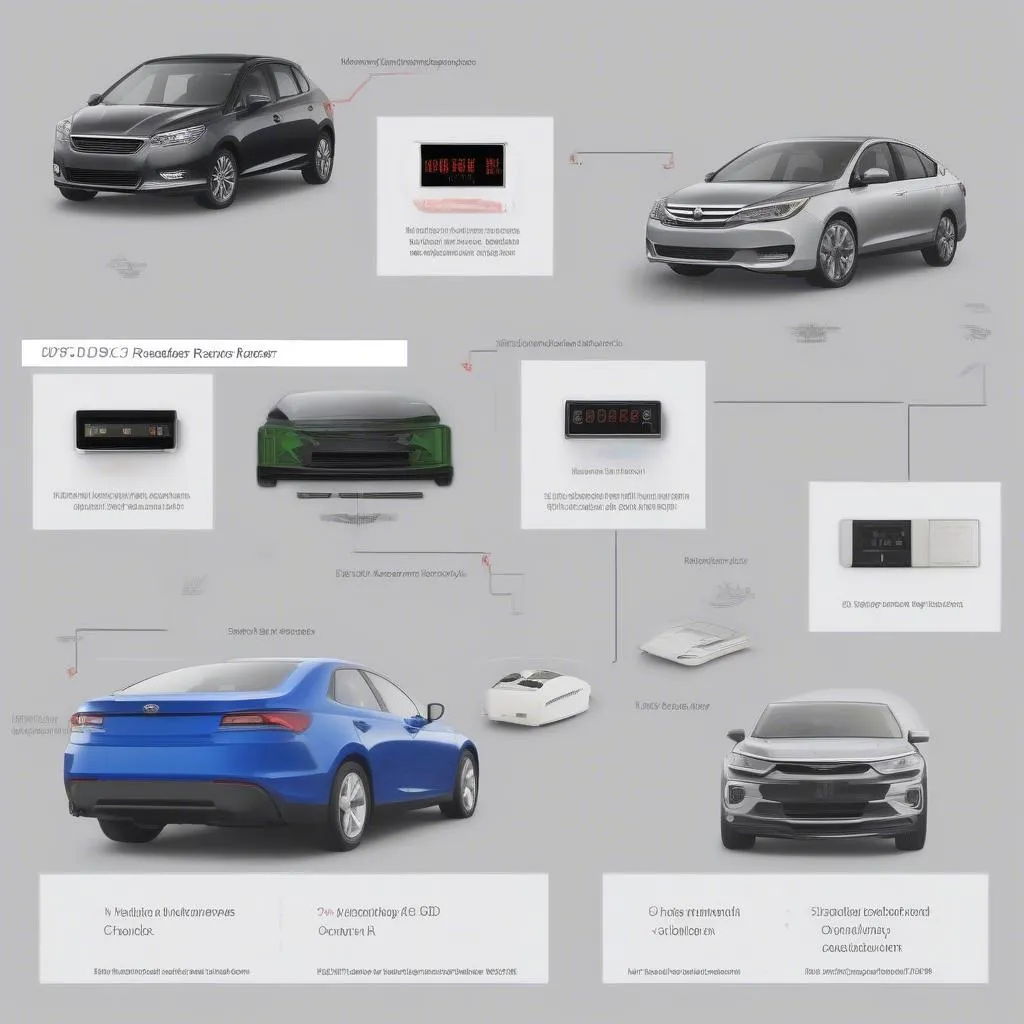Have you ever had that annoying “Check Engine” light come on in your car? You know it means something’s wrong, but you don’t know what. You might be thinking, “I’ll just use my OBD II reader to erase the code and hope it goes away.” But hold on, not all OBD II readers are created equal, and erasing the code might not be the best solution!
What Does It Mean?
OBD II stands for On-Board Diagnostics II, a standard system in vehicles built after 1996. It’s like your car’s internal health monitor, tracking various engine functions and storing trouble codes when something goes wrong. OBD II readers act as translators, turning those codes into understandable messages, giving you a clue about the problem.
Do All Obd Ii Readers Erase Codes?
Let’s break down the different types of OBD II readers and their capabilities.
Basic OBD II Readers
These are the entry-level tools that most commonly come to mind. They can read and display trouble codes, but usually lack the ability to clear them. Think of them like a car’s dashboard warning light – they tell you there’s an issue but don’t offer a fix.
Enhanced OBD II Readers
These readers have a little more power. They can read, display, and even erase trouble codes. However, the “erase” function might not be the same as a “reset.” Remember, the “Check Engine” light doesn’t just disappear because you erased the code. The underlying problem still needs to be addressed.
Dealer Scanner For European Cars
This is where things get really interesting, and it’s why you might be reading this article. Dealer scanners, designed specifically for European cars, offer a more advanced level of diagnostics. They can access manufacturer-specific codes, perform more in-depth testing, and often have the ability to erase codes effectively.
Here’s the catch: Not all dealer scanners are created equal. Some may only be compatible with certain European car brands, while others might be more universally applicable.
Why Erasing Codes Might Not Be The Best Solution
Let’s consider an analogy: Imagine your car is like your body, and the “Check Engine” light is like a fever. Erasing the code is like taking a fever reducer – it masks the symptom temporarily but doesn’t address the underlying cause.
Here are a few scenarios where erasing codes might not be the best approach:
- The problem is intermittent: If the code is only appearing occasionally, it might be a temporary issue that will resolve itself. Erasing the code could lead to false reassurance, delaying necessary repairs.
- There’s a major malfunction: If the code indicates a serious issue, erasing it could prevent you from getting the problem diagnosed and fixed promptly, potentially putting you and others at risk.
- The code is a warning sign: Sometimes, a code can signal an issue that’s not yet causing obvious symptoms. Erasing it prematurely could prevent you from catching a problem before it becomes more serious.
When Erasing Codes Makes Sense
Sometimes, erasing codes can be a useful tool. For example, after making a repair, you might need to erase the code to reset the system and ensure the “Check Engine” light turns off.
Frequently Asked Questions
Can any OBD II reader erase codes?
Not all OBD II readers can erase codes. Basic readers are generally limited to reading and displaying codes.
What does “resetting” the code mean?
“Resetting” the code involves erasing the stored trouble code and resetting the system’s diagnostic function. However, it doesn’t address the underlying issue that caused the code to appear.
Is it safe to erase codes without fixing the problem?
It’s not always safe. Erasing codes without fixing the underlying problem can lead to delayed repairs, potential safety risks, and masking important warning signs.
How can I find out if my OBD II reader can erase codes?
Check the product specifications or the user manual to see if the reader has the capability to erase codes.
What should I do if I have a “Check Engine” light on?
It’s best to consult a qualified mechanic to diagnose and repair the issue. Erasing the code may provide temporary relief but could delay essential repairs.
Get Expert Help!
If you’re unsure about your car’s “Check Engine” light or your OBD II reader’s capabilities, don’t hesitate to reach out! We have experienced automotive professionals who can provide expert guidance and assistance. Contact us through WhatsApp at +84767531508. We’re available 24/7 to help you keep your car running smoothly.
 OBD II Reader Comparison
OBD II Reader Comparison
Related Articles
Do you have any other questions about OBD II readers? Leave a comment below!